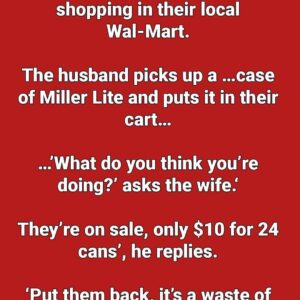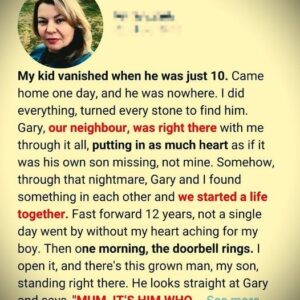Dealing with Wasp Nests:
Identification and Safe Removal
Identifying a Wasp Nest
Discovering an unexpected object under your patio cover can be unsettling. One common intruder is a wasp nest, posing not just a nuisance but also a potential danger to your family. Knowing how to identify and safely remove these nests is crucial for maintaining a safe outdoor environment.
Spotting a Wasp Nest
If you’ve encountered something unusual under your patio furniture cover, this guide will help you determine if it’s a wasp nest, explain its significance, and provide safe removal techniques.
How to Identify a Wasp Nest
- Visual Inspection: Wasps typically construct nests in secluded, covered areas like under patio furniture covers. Their nests are papery and can vary in size and shape, resembling balls or umbrellas.
- Wasp Activity: Regular wasp activity around a specific spot indicates the presence of a nearby nest.
Observing wasps entering and exiting a location is a strong indicator.
3. Auditory Cues: Wasps emit a distinctive buzzing noise, especially when disturbed. Listen for this sound to detect a nest nearby.
Safe Removal Techniques
Knowing how to safely eliminate wasp nests ensures your outdoor spaces remain safe for relaxation and enjoyment.
Steps for Safe Removal
- Protective Gear: Wear protective clothing such as long sleeves, gloves, and eyewear to prevent stings.
- Night Approach: Approach the nest at night when wasps are less active and calmer.
- Use Wasp Spray: Select a specialized wasp killer spray and carefully follow the application instructions on the label.
- Spray and Retreat: Maintain a safe distance, thoroughly spray the nest, and promptly withdraw.
Avoid lingering near the nest.
- Monitor and Repeat: Check the nest the next day. If activity persists, reapply the spray as necessary.
- Dispose of the Nest: Once certain all wasps are deceased, remove the nest using a long tool and place it in a sealed plastic bag for disposal.
- Conclusion
By following these proactive measures, you can manage wasp nests effectively while minimizing risks.
Prioritize safety at all times, especially when dealing with large or hard-to-reach nests. Consider professional assistance if needed, ensuring your outdoor activities remain free from the unwelcome presence of wasps.





